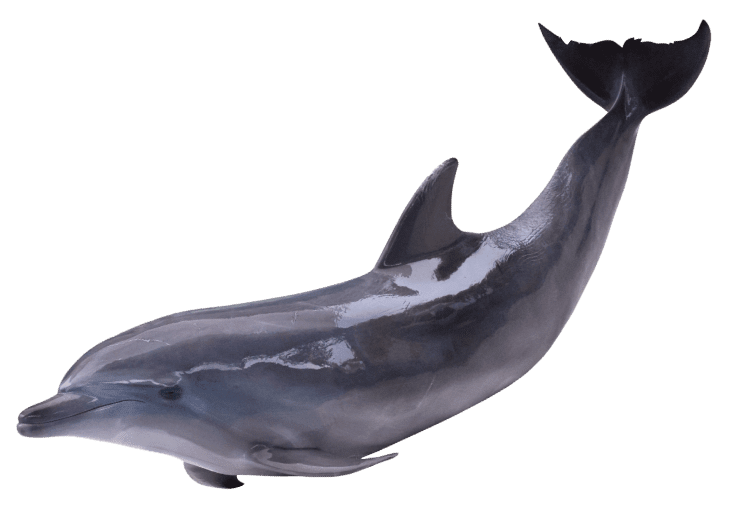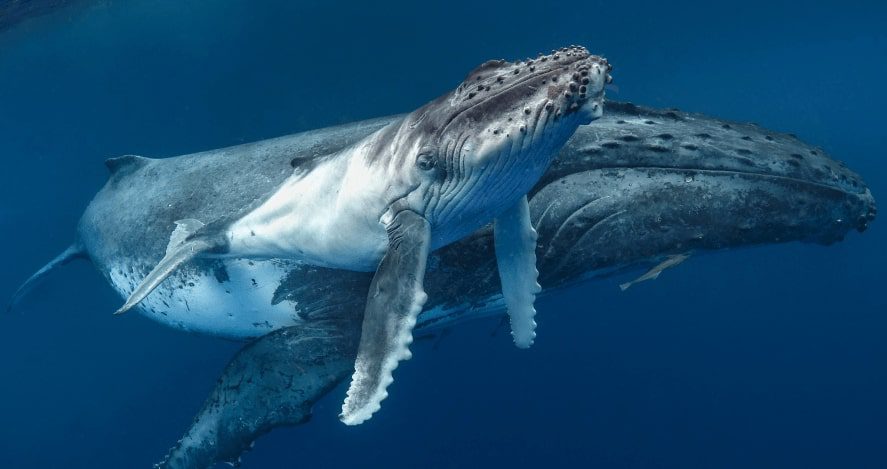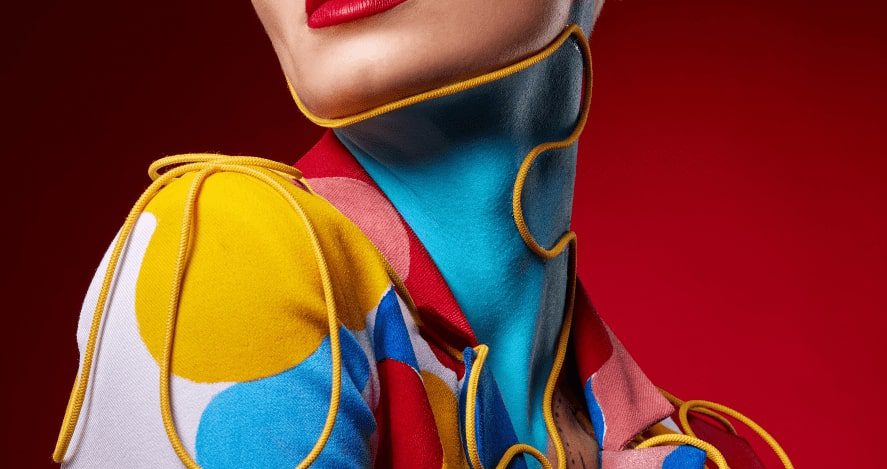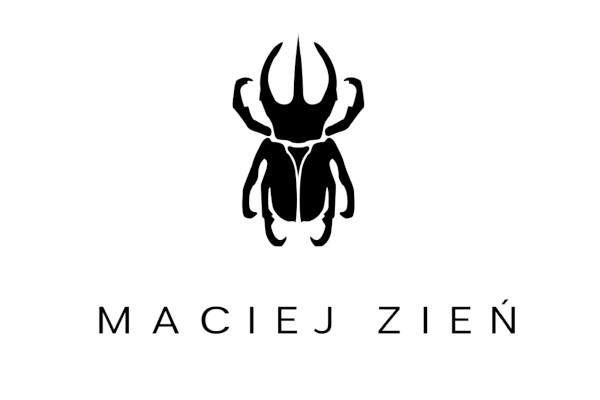There is no longer an alternative for sustainable fashion: Polish woman wins Kering Sustainable Awards
“For me, rubbish doesn’t exist! They are materials, not rubbish. We don’t really have a problem with the waste itself, only that we consider it useless. We don’t know how to use their potential. I found a certified recycling place in India. India is the largest producer of electronic waste in the world. I did an analysis of what losses we are incurring by engaging in traditional metal mining, and what benefits could come from shifting our operations to the mountains of metal junk we have created ourselves. The potential is overwhelming!”, – comments designer Aniela Fidler for Vogue.co.uk on her participation in the Kering Sustainable Awards.
At the age of 22, the girl left Poland, worked for six months, then went to university at the London College of Fashion, having chosen shoemaking, – a traditional craft for which the UK is world-famous.
In 2018, she achieved huge success in the fashion world! She became the winner of the fourth Kering Sustainable Awards in the Innovation category.
Ten thousand EUROs were earmarked for the development and implementation of the competition project into reality.
Aniela is confident that ecology is fashion’s biggest challenge. “We are great at making beautiful things. We have the aesthetics mastered, worse the ethics. We need to rethink what we consider fashionable and beautiful. And whether fast fashion really falls into these categories. In my opinion, the truly valuable clothes are those that we are proud of both their appearance and their history,” she explains.
Currently, Aniela is researching how people communicate values, ideas and emotions through what they wear. She aims to understand what a sense of fulfillment is and how to achieve it, and how to project a fulfilling future. Her main interest at the moment is the impact of emotions on the permanence of an object. Aniela analyses how different environments, people, emotions, objects and materials come together in the stories we tell ourselves.
You can read more about Aniela Fidler at this link.
10 steps to creating a sustainable wardrobe
Sustainability in fashion is a concept that aims to motivate people to be more conscious about the decisions they make to reduce the negative impact of the fashion industry on the planet.
The 10 steps to creating a sustainable wardrobe are described by Greener Ideal. What can you do?
- Organise your wardrobe
Clean everything out and start sorting. Carefully analyse and separate them into three different piles: leave behind, sell, donate.
Check the labels for materials and leave those that are made of natural fabrics, such as linen or organic cotton.
- Change your current shopping habits
Changing your perspective from ‘I want’ to ‘I need’ will help you curb impulsive purchases and ensure you only buy things you need. People generally think that they shouldn’t spend a lot of money on everyday items, such as jeans, for example. Instead, they spend more money on things they rarely wear, such as shoes or clothes for special occasions. In fact, it should be the other way around.
- Check before you buy
Look for as much information as possible about each brand. Information such as what fabrics they use, where they are produced and whether they use sustainable packaging is important!
- Make a list of your favourite environmentally conscious brands
Narrow down your list of sustainable brands to a few favourites. Think about which ones best fit your style and budget, then write them down on your list. Always check your list before buying new items.
- Look for eco-friendly fabrics
There are several non-toxic fabrics to look for when shopping: organic cotton, linen, leather, wool, hemp, silk. Non-organic cotton is unfortunately sprayed with pesticides.
- Buy timeless items
Creating an ethical wardrobe means simplifying your arsenal of clothes and accessories to a few trusted items.
Basic T-shirts, the obligatory good pair of jeans, classic dresses or timeless coats can be easily mixed and matched to create several different looks. Choose items that will easily transition from summer to winter.
- Take care of your clothes
There’s no point investing in good quality items if you don’t take care of them. This means that before you run the washing machine, check the instructions on the labels. Try to dry your laundry on a hanger rather than in the dryer, so your clothes will last longer.
- Donate and resell
Give a second life to your old clothes by reselling or donating what you no longer need. This way you can make sure they don’t end up in landfills.
- Repair your clothes
Instead of buying a new item every time the zip on your favourite jacket breaks, take it to a tailor and have it repaired or learn to do it yourself.
- Borrow expensive items
Borrowing expensive items is not only a good way to reduce fashion’s negative impact on the environment, it also saves money. It’s a win-win situation for both parties.
The real cost of fast fashion. Cheap brands are flooding the world
Fashion trends come and go at breakneck speed, and with them t-shirts, jeans, tops, coats, jumpers. Hype shot in front of social media, influencers, advertising campaigns of big brands encourage consumers to change their wardrobe more and more often. And, importantly, inexpensive ones.
The fast fashion industry responds rapidly to new trends and consumer needs, providing inexpensive and easily accessible clothing. Global fast fashion brands produce up to 50 collections a year!
What is the cost of fast fashion? Accessibility, low price, wide choice are all advantages of fast fashion, one it carries serious consequences, especially for the environment. Activists and environmentalists have been sounding the alarm for years.
The textile industry is mainly based on the production of cotton. Looking at the popularity of synthetic materials, one would think that such a product is environmentally friendly. Unfortunately, this is not the case. Cotton production is extremely water-intensive. Up to 30,000 litres of water are used per kilogram of cotton. Fast fashion is largely responsible for the presence of micro-plastics in the oceans from the manufacture of synthetic materials. The long supply chain of cheap fashion, from cultivation, to fibre production, to sewing, to dyeing, taking place in different parts of the world, produces a huge carbon footprint. Outdated and worn-out clothes also have to be stored somewhere. More often than not, they end up in landfills, accumulating waste, of which a small proportion (about 12 percent) will be recycled.
Ethical issues cannot be forgotten either. In factories in Bangladesh, working women earn approx. 30 cents per hour. Working conditions are also difficult, not least through contact with the dyes used to dye the fabrics, which can have carcinogenic effects. Sewage from the production of clothes pollutes nearby rivers, causing all biological life to disappear and negatively affecting the lives of the people there….
We live in a world where novelty chases novelty. We want more and better. We are easily bored. Stuff is a status indicator. But widespread consumerism is eating away at our planet at an alarming rate. And we don’t have another one…
It’s definitely time to change that!
Source: Money.pl
Clothes from a 3D printer: do you want one, I’ll print you a dress?
The clothing industry produces more than 2.1 billion tonnes of greenhouse gases each year, more than the entire economies of France, Germany and the UK combined. Scary figures, right? However, there are technologies that can play an important role in solving the fashion waste problem. We propose to talk about 3D printing?
Clothing design
The use of 3D technology in the design process can significantly reduce environmental pollution at the initial stage of garment design. In the traditional garment design process, an average of four to five physical samples are created before a brand approves the desired product. Because these samples are semi-finished or inaccurate, they are usually incinerated or taken to landfill at the end. Unlike the labour-intensive and environmentally damaging sampling process, 3D garment prototyping eliminates sample waste at the pre-production stage. All edits and changes can be carried out virtually, without cutting fabric or generating waste.
Fabric sampling
It is difficult to calculate the amount of fabric wasted at the material sourcing stage because garment companies do not record the amount of waste for fear of criticism, which indirectly proves that the amount of wasted samples is huge.
Thanks to the development of digital materials, 3D technology in the garment industry makes it possible for fabric and material suppliers to present samples digitally and reduce material waste.
Selling products
Digital clothing technology means shorter time to market and faster garment development, giving designers more time to work on optimising style. Photorealistic 3D images of garments instead of their traditional counterparts is more than just a money-saver for brands, who don’t have to take photos. With 3D digital body modelling, shoppers can virtually try the digital garment on their own silhouette to see if it fits the garment. 3D clothing technology is effectively transforming the current model of clothing sales from a production-sales process to an ‘on-demand’ process, where consumers browse virtual 3D clothing online, place orders and pre-pay, and then brands organise production according to the size of the order.
Perhaps this is the future of fashion?
Source: Medium.com
Animals on fur – condemned in the name of fashion. We can change that!
In the 20th century, fur was synonymous with luxury, money and social standing. The position of these ‘luxury goods’ seemed extremely strong for decades. Fortunately, however, animal rights activists emerged, for whom animal fur is a symbol of barbarism and lack of empathy.
Despite the change in perception of this garment, are animals for fur no longer being raised on a mass scale?
Certainly, the good news is coming from the big fashion industry, with more fashion houses pledging to give up animal fur and exotic animal skins. The latest high-profile brand to take this step is the fashion house Chanel, which refrained for a very long time from eliminating fur products in its collections.
Why did it take so long?
Animal fur used to be able to cost a fortune. Mink or chinchilla fur was a breath of luxury that a woman on a middle income could not afford. Thus, furs came to be associated with the social elite and a high position of wealth. Fur in the form of an outer garment, in the form of a shawl or a glove or handbag decoration was mass-produced throughout almost the entire 20th century. What the cost of this production was has only come to light relatively recently, hence the slow progressive change.
This cost is approximately 35. animals to sew one coat. Before they are killed, however, animals raised for fur are kept in extremely despicable conditions where they live on the brink of survival.
For this luxury, the customer pays a much higher price than just what appears on the label. The fate of future animals rests in his or her hands, as the lack of demand has the effect of reducing production and limiting the senseless deaths of hundreds of thousands of animals.
This price we have had to pay for decades of wanton and brutal killing of animals has forced some countries to take rational and concrete steps. Today, countries such as the Netherlands, Norway, Serbia, Luxembourg, Slovenia, Croatia, Macedonia, Bosnia and Herzegovina, Japan, the United Kingdom, Austria, Belgium, India, New Zealand and some states of the United States have introduced a total ban on the rearing of animals for fur production.
While the number of these progressive countries seems sizable, it is worth remembering that there are 195 countries in the world, so the sad statistic speaks for itself and lets us know that globally we still have a long way to go on this issue.
Source: Zoo Art Blog
The ocean and fashion: what is worth bearing in mind?
Oceans – full of life, beauty and plastic…
We buy things, wash them, throw them away and buy new ones. We like to look pretty and fashionable. We also love to travel, relax by the ocean and swim. But what do fashion and the ocean have in common? What is worth bearing in mind when creating demand for an increasing number of clothes?
Let’s take a closer look at some facts.
Washing clothes releases tonnes of microfibres into the ocean, the equivalent of billions of plastic bottles. Many of these fibres are polyester, a plastic found in around 60 per cent of garments.
A 2017 report by the International Union for Conservation of Nature (IUCN) stated that 35 per cent of all microplastics – very small pieces of plastic that never biodegrade – found in the ocean come from washing synthetic fabrics such as polyester.
But when we buy new clothes that are not of the highest quality and wash them, are we thinking about the fate of the oceans and their inhabitants?
The apparel industry is also the second largest consumer of water in the world.
This is data from the World Resources Institute (WRI). It takes about 2,600 litres of water to produce one cotton shirt. This is enough for one person to drink at least eight cups of water a day for three and a half years.
It takes even more to produce a pair of jeans – more than 7,500 litres of water. This is more than one person will drink for 10 years, consuming eight cups each day.
This is because both jeans and shirts are usually made from cotton, and it takes a lot of water to grow cotton.
The clothing industry also affects water purity
Fabric dyeing is the second largest source of water pollution in the world, as the residue from the process is often dumped into ditches, streams or rivers. The dyeing process uses enough water to fill 2 million Olympic swimming pools each year….
The list could go on, and water is just one of the factors that deteriorate as a result of our daily purchasing habits, which are not always thoughtful and conscious.
The important thing here is to realise that changing them has the power to change the world. You can start today.
Source: Business Insider























